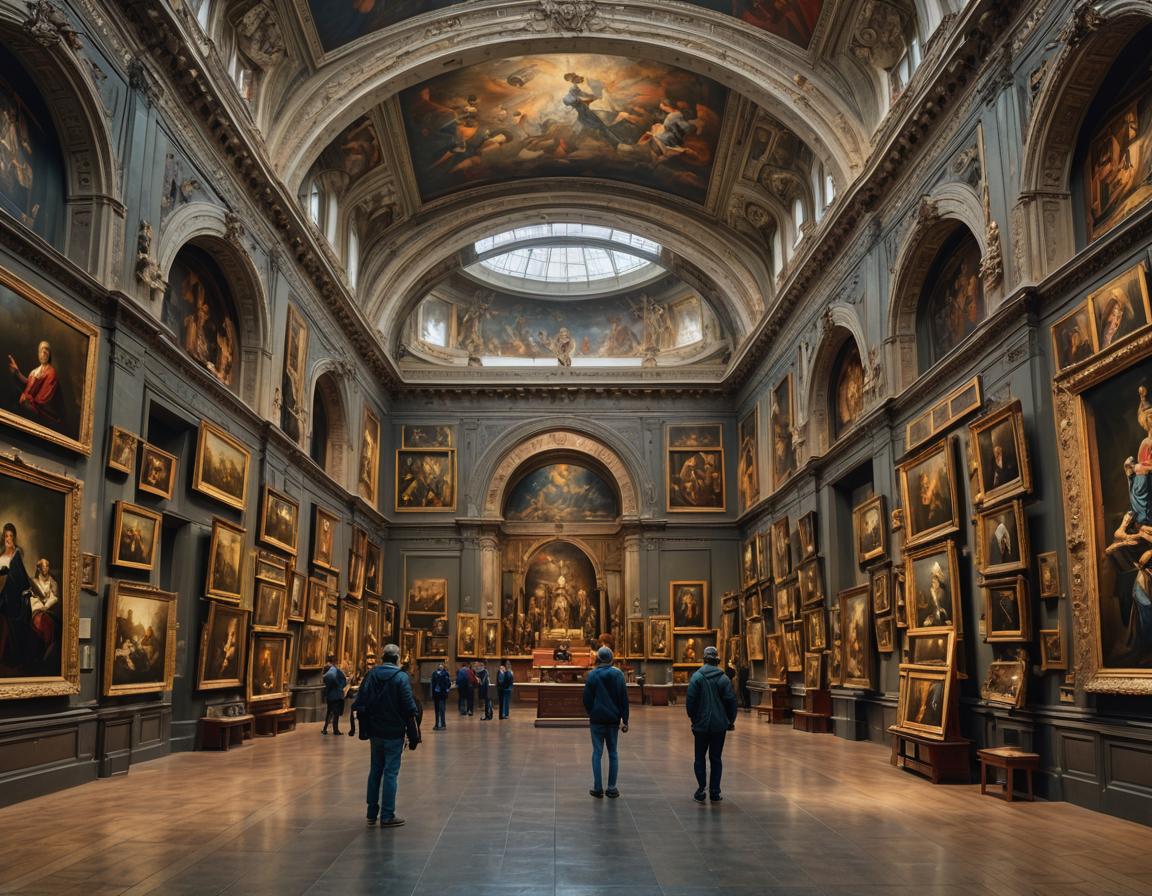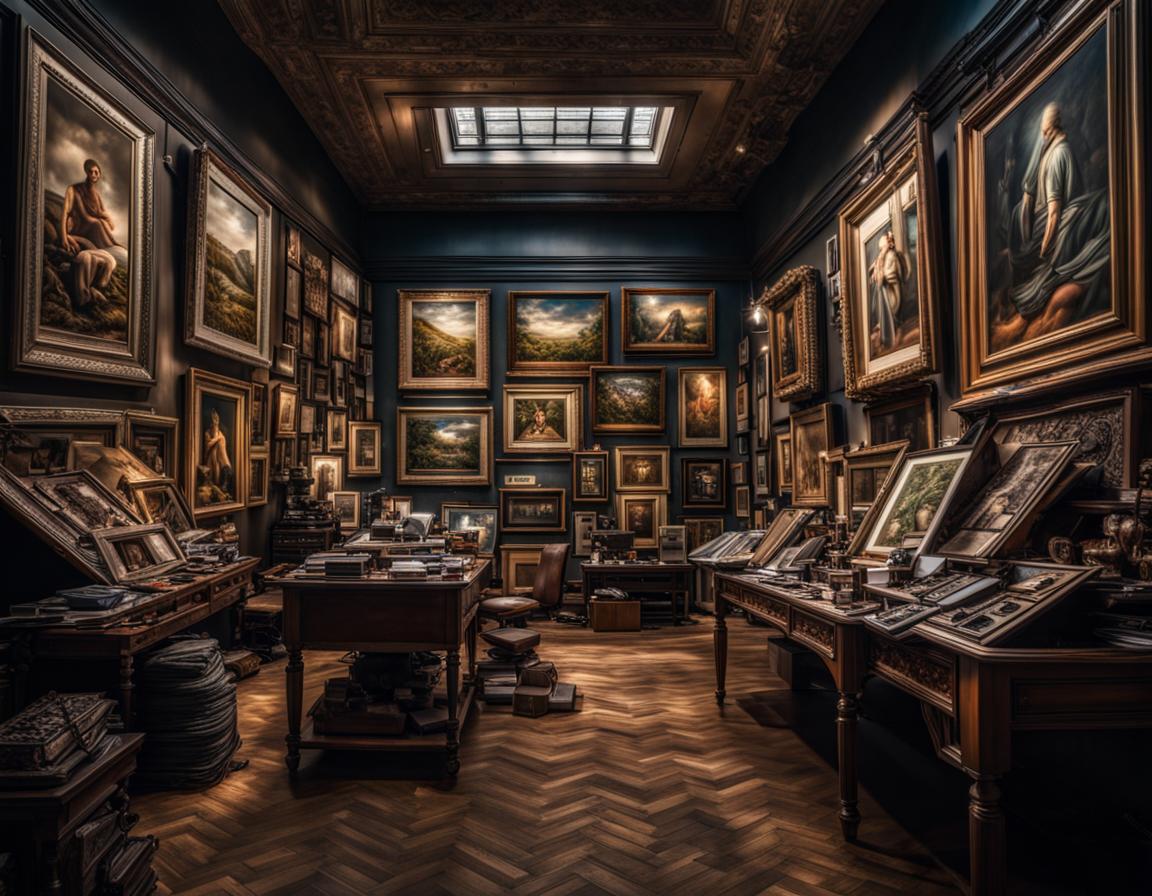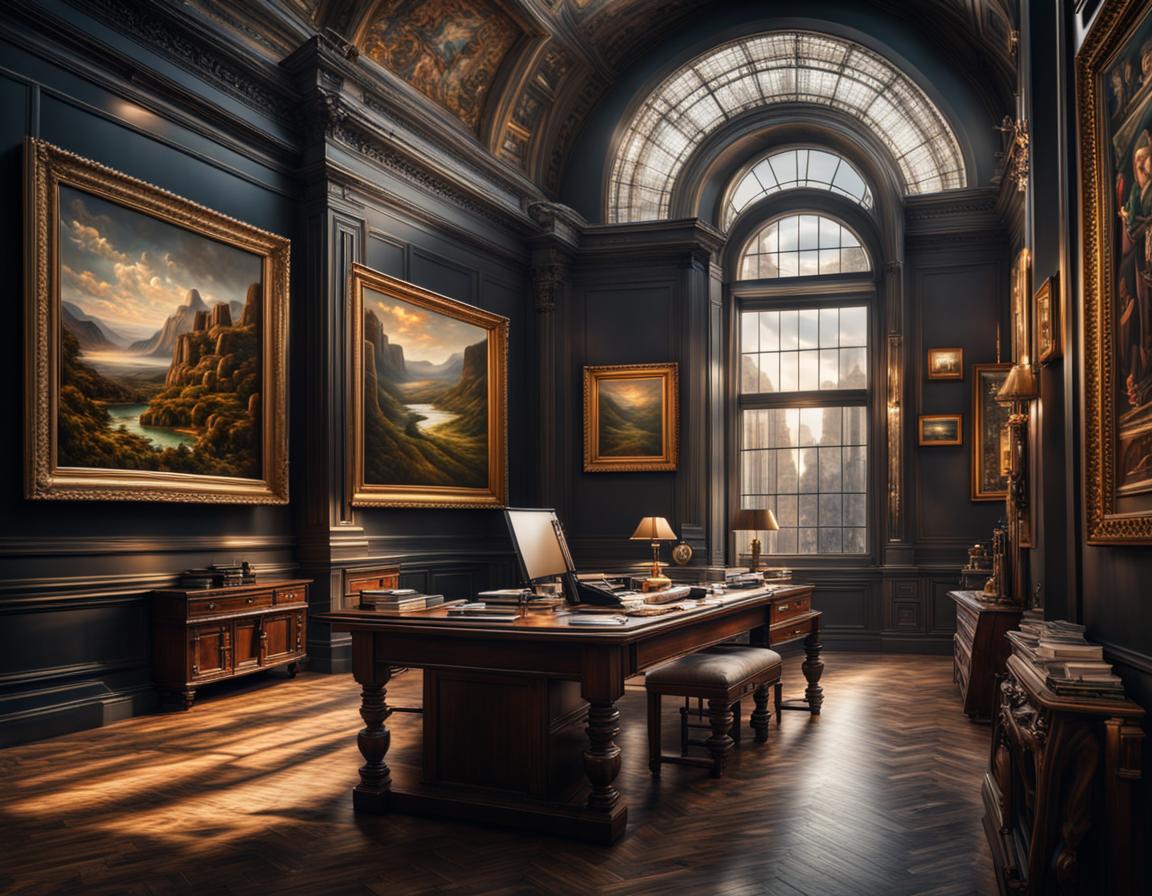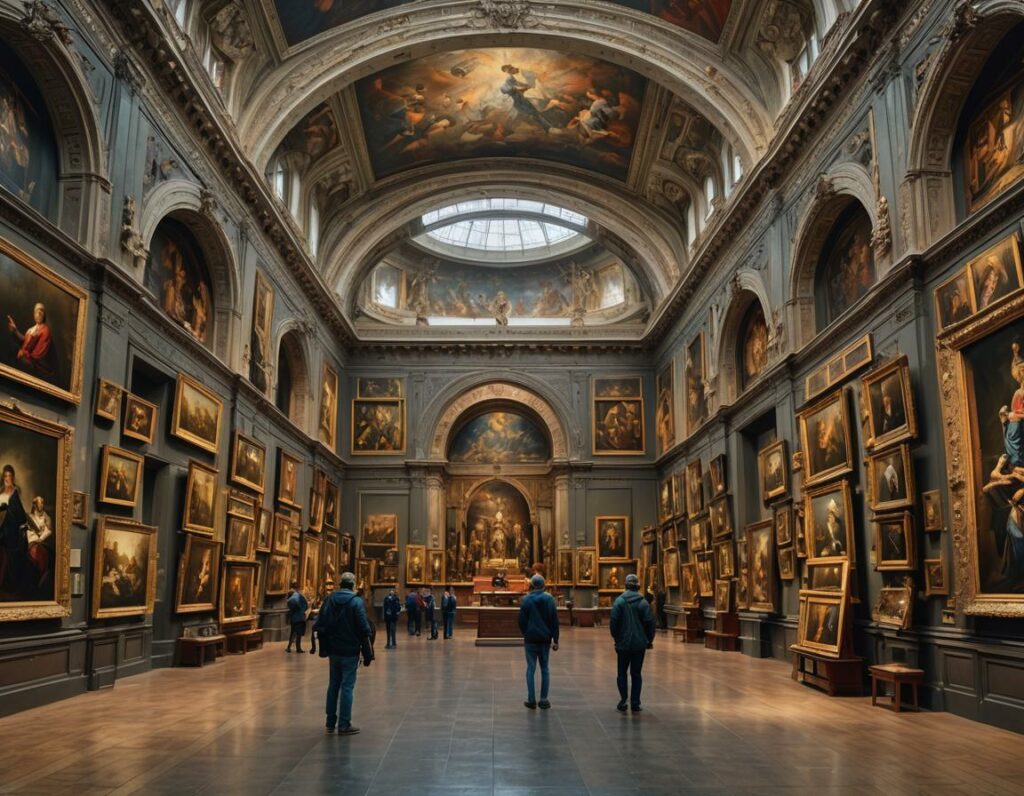
Introduction
The art market has evolved from a niche domain for connoisseurs to a sophisticated asset class attracting a diverse range of investors. From high-net-worth individuals to institutional investors, the allure of art as an investment vehicle is undeniable. However, the art market is far from homogenous, with significant disparities in growth, investment patterns, and regulatory environments across different regions.
The Global Art Market Landscape
The United States, China, and the United Kingdom continue to dominate the global art market, collectively accounting for a substantial portion of global art sales. These countries have cultivated robust art ecosystems, with established auction houses, galleries, and a supportive regulatory framework. This has fostered a climate of confidence among investors, driving demand for art as an asset class.
In contrast, regions such as Europe and the Middle East, while possessing rich cultural heritage and a long history of art patronage, have exhibited varying degrees of success in capitalizing on the art market’s growth potential. Countries like France have made significant strides in recent years, with Paris emerging as a key global art hub. Strategic investments in art infrastructure, coupled with favorable tax policies, have attracted international collectors and dealers.
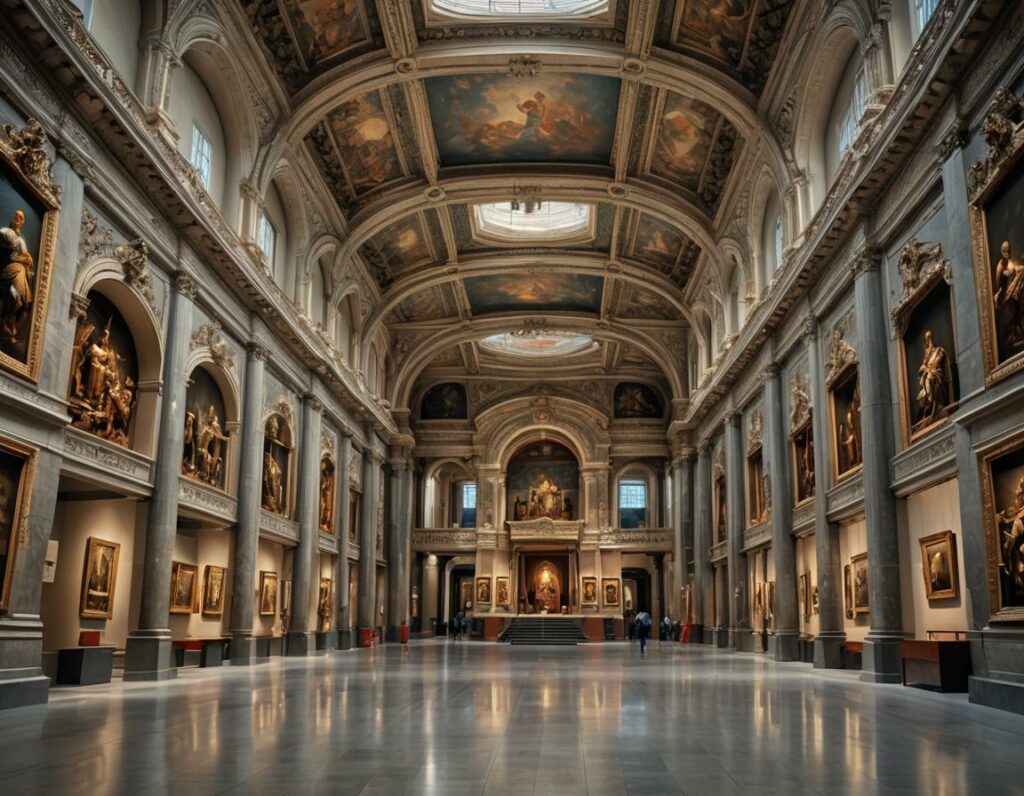
Bureaucratic Hurdles
The export of artworks from Italy is also fraught with bureaucratic hurdles. The country’s relatively low threshold for requiring export licenses compared to other nations creates additional complexities for dealers and collectors. This cumbersome process can discourage sales and hinder the free movement of art.
Missed Opportunities
The rise of Paris as a global art center following Brexit underscores Italy’s missed opportunities. While other countries have proactively implemented policies to attract art market participants, Italy has been slow to respond. The absence of a comprehensive strategy to revitalize the art market has left the country at a competitive disadvantage.
To regain its former glory in the art world, Italy must undertake a series of reforms. A reduction in VAT on art sales is essential to align the country’s tax regime with international standards. Simplifying export procedures and increasing the threshold for export licenses would also boost Italy’s attractiveness to the art market.
Moreover, investing in art infrastructure, such as museums, galleries, and auction houses, is crucial for creating a vibrant art ecosystem. Government support for art fairs and cultural events can help to raise Italy’s profile as an art destination.
Finally, fostering collaboration between public and private sectors is essential for developing effective art market policies. By working together, stakeholders can identify opportunities, address challenges, and create a more conducive environment for the art industry to thrive.
Conclusion
The art market is a dynamic and complex landscape, characterized by significant regional disparities. While some countries have successfully harnessed the potential of art as an investment asset, others have lagged behind. To thrive in this competitive environment, nations must create supportive ecosystems that encourage investment, reduce bureaucratic burdens, and foster innovation.
By implementing strategic policies, governments can unlock the full potential of the art market, stimulating economic growth, cultural enrichment, and job creation. Ultimately, the art market’s future lies in its ability to adapt to evolving investor preferences and global trends while preserving its rich cultural heritage.
Join ThePlatform to have full access to all analysis and content: https://www.theplatform.finance/registration/
Disclaimer: https://www.theplatform.finance/website-disclaimer/

